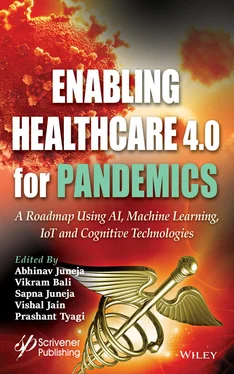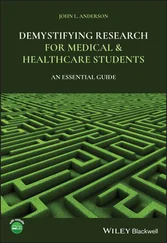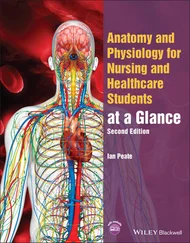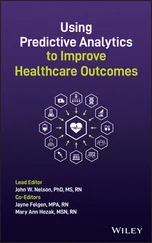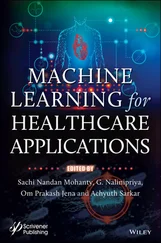1st Stage: During 1st stage infection spread across the countries. People with travel history of foreign countries are being tested for this virus. There is no local transmission at this stage so the possibility of number of patients suffering from disease remains quite low.
2nd Stage: At this stage the infection occurs locally and transmits through the infected patients of stage 1. In this stage along with the testing of the suspected patient, the source of the infection has also been identified to get him separate out from the entire community. The number of patients increases at this stage, though is not very difficult to manage. Social distancing is the best option to remain in stage 2 for avoiding further spread of the infection.
3rd Stage: In this stage, group transmission occurs and the number of cases increases rapidly. It becomes very difficult to find and isolate the source of transmission. It becomes difficult to deal with the situation in this stage because of substantial growth of number of patients [5].
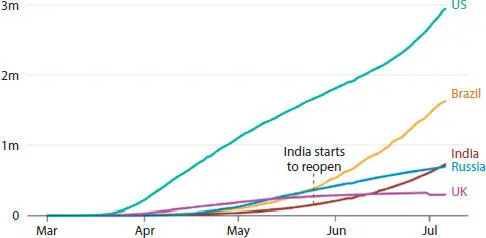
Figure 1.1 Confirmed cases in top 3 countries in the number of cases (Cumulative).
4th Stage: This stage is the most risky and deadly stage of this pandemic because infection transmits in the form of batches in the entire city or country. A large number of population gets infected during this stage irrespective of their age and immunity. The death cases also get increased during this stage and old age people and people with low immunity become the most affected patients from this disease. It becomes very difficult or almost impossible to control the spread the virus at this stage.
Figure 1.1above shows the confirmed cases in the top three countries in number of cases across the world, starting from March, 2020 till mid July 2020. The US has the highest number of cases, followed by Brazil and then India on number three in the number of confirmed COVID-19 cases [6].
1.2 COVID-19 Diagnosis in Patients Using Machine Learning
This pandemic is spreading in the whole world and crossed almost 15 million cases till now. As there is no vaccine or proper treatment available, early diagnosis of the disease is quite important to control the further spread and for serving better patients as well [7]. The infection of COVID-19 can cause pneumonia and this can be detected early by using CT scan of the chest. This test can detect the COVID-19 at an early stage even if the patient is asymptomatic. As the COVID test kits are limited, Chest CT scan can be a useful source to identify whether the person is suffering from COVID-19 or not. Using CT scan, if there seems any deformity or divergence in the Lung or Chest, the person becomes more suspected to suffer from Corona Virus [8].

Figure 1.2 Diagnosis of COVID-19 using support vector based machine learning approach.
Machine Learning may present a solution for detecting COVID Infection at an early stage. A proposed machine learning model has been defined here, which can diagnose if patient is having SARS Cov 2 contagion using the CT scan images of Chest and Lungs [5].
Figure 1.2above shows how a suspected person can be tested against corona virus infection using ML approach. First CT scan of the chest of the patient can be done by the physicians. Along with the CT scan, the preliminary data of the patient has been collected like symptoms appeared, age of patient and exposure of the patient if any. Using these images, the deformed images have been identified and that images have been processed using Support vector machine learning model. The output result obtained from SVM shows information that has been compared with the expected result to verify whether there is any probability of COVID infection to the patient or not [4].
1.2.1 Machine Learning to Identify the People who are at More Risk of COVID-19
Apart from the COVID-19 diagnosis, Machine Learning can also be used to identify which community of people is at more risk of COVID-19 and what are the chances of getting recovery at the same. This approach can be modeled by gathering the information of the patient about the type of symptoms that appeared in the body of the person, results of blood test and other body functioning test like kidney, lungs, liver etc. and from this collected information, detect the severity of the problem for the patient [9]. This information needs to be collected from all types of patients having different types of symptoms like mild, severe and critical. The information to be collected can be classified into various categories using classification algorithm and then data set of patients is to be used to train the machine learning algorithm. The algorithm thus obtained can be used to determine the probability of recovery of any patient from COVID-19 [9].
1.2.2 Machine Learning to Speed Up Drug Development
In the current scenario, a number of research organizations are trying to develop Artificial Intelligence and Machine Learning-enabled tool for the process of speed up of the development of drug of COVID-19. Many developers are trying to use their AI software to recognize possible therapy for COVID-19. We are learning more and more about the Corona Virus after its breakout. So AI along with ML can use this information to identify which combination of chemicals will be more efficient towards a particular target [10]. But in order to find this, more and more amount of data is a must. This drug development process using ML approach can easily be represented using Figure 1.3.
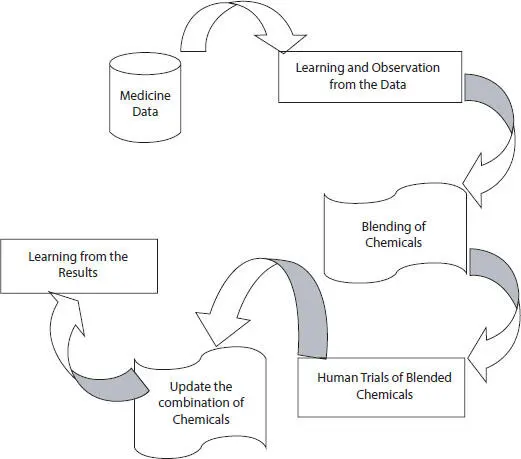
Figure 1.3 Machine learning process for drug development.
The process of drug development can be divided into various steps as
1 First researchers gather the data collected from various resources about COVID-19, its associated symptoms, categories of patients, available secondary treatments given by the doctors etc.
2 After data collection, learning from that collected data can be done and compared with the diseases with similar symptoms and severity to determine the medications given in similar set of diseases.
3 After learning and observation, a blended mixture of chemicals can be prepared as a testing medicine to check whether this mixture is useful in the treatment or cure from the illness.
4 This blended mixture is now tested to a limited set of people and this process is known as human trial to observe the effectiveness of the medicine in order to decide whether this drug is safe and successful for people fighting with Corona Virus.
5 If the results seems successful, then another set of trials can be performed with large group of people, otherwise the researcher try to make some changes in the blended chemicals or its composition to see whether the medicine works or not again by conducting human trials.
6 The last step of this process is to let the machine learn itself from the above experiences and the results obtained from the various trials and then decide that which set of blended chemicals can be used further in case the above process gets fail.
1.2.3 Machine Learning for Re-Use of Existing Drugs in Treating COVID-19
Reuse of drug means using the existing drugs that has already been approved by medical councils and are being used by doctors for treatment of some other disease. The development of new drug takes much effort and time and requires a lot of human trials to get it approved by authorities. So as in the case of COVID-19, the disease is spreading so fast and it seems quite impossible to control the disease with the development of the new drug because it might develop very late [11]. So at this stage, when no permanent possible solution of treating the disease is there, doctors are looking for reuse of the existing medicines like Hydroxychloroquine and Remdesivir etc. But the main problem in the reusage of the existing drug is that how to identify which drug can be reused in which symptoms and situations. So a variety of techniques have been developed by the researchers in order to find out this solution and AI with ML is one of them [12]. Figure 1.4below defines Machine Learning process that can be used for reusage of drug from existing chemical.
Читать дальше
